Track lighting is a popular way to add illumination to any space, and the track lighting connector types are an important factor when choosing your track lighting system. From low-voltage systems to high voltage, different connector types will be needed in order to ensure optimal performance. With so many options on the market today, it can be difficult to choose the right one for your needs. In this article, we will discuss the various types of track luminescence connectors available and their benefits.
1. Track Lighting Connector Type Requirements
Track lighting is one of the most popular lighting options for commercial and residential buildings. It features a system of small fixtures mounted on a rail or track that can be used to create both functional and decorative lighting effects. Its luminescence connectors are an integral part of this system as they allow the user to easily connect multiple track components together in order to form a complete circuit.
2. Holding Track Sections Together
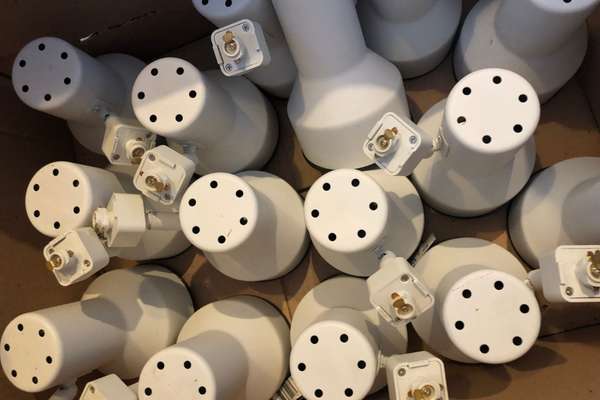
Track lighting is an increasingly popular way to light any space, and there are many different types of its luminescence connectors available on the market. Whether you are looking for a simple, low-cost solution or more intricate and high-end designs, these luminescence connector types can provide the perfect finish for your project.
The most common type of track luminescence connector is the single circuit connector. This type of connection allows for one continuous line of power to run through it, making it easy and convenient to install multiple fixtures along one line in a room or area. A second option is the two circuit connector which offers two lines of power that can be used individually or together as needed. These connectors also allow for easier changes in direction when wiring a large area with multiple fixtures.
3. Wiring & Joining Tracks
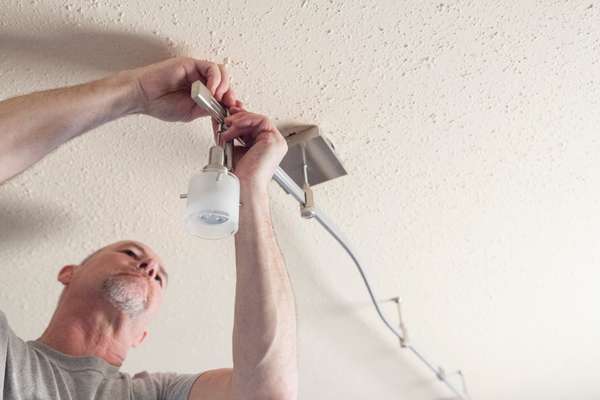
When it comes to track lighting, choosing the right wiring and connectors is essential for a safe and effective installation. Its illumination connectors come in many different types, each suited for a particular application. For example, high-voltage applications such as homes and commercial buildings may require heavy-duty connector blocks or plug-in systems with power supply cables. For low voltage applications like residential illumination, single or multiple circuit tracks are available with junction boxes which can be connected using simple push-in connection techniques.
4. Tools Needed to Connect
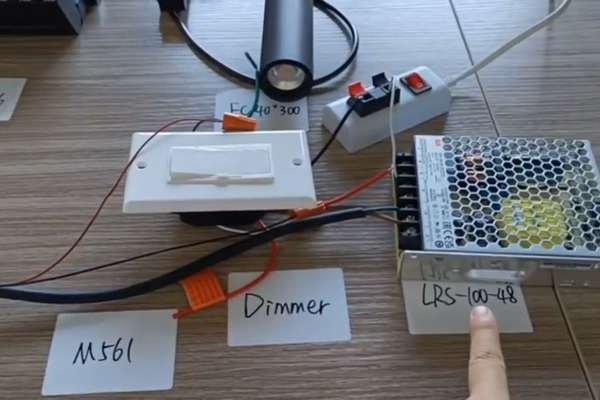
To properly install track lighting and ensure that it works as intended, certain tools are necessary. There are various types of connectors available when installing its illumination. Most require specific tools in order to connect them securely and safely. Connecting power cords to the track can be done with simple pliers, but for more precise connections you may need specialised crimping tools or wire strippers. For connecting two tracks together, most commonly used are two-pronged connector blocks which require both a screwdriver and needle nose pliers in order to secure them properly.
5. Design Options: Colors & Finishes
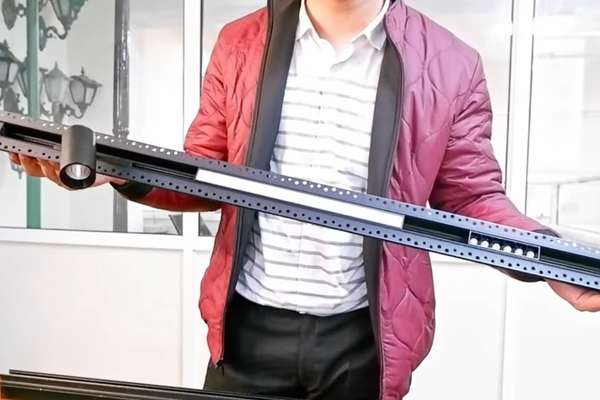
When it comes to choosing the right type of track illumination connector, there are many options and colours available. From sleek black finishes to bright and bold hues, selecting a connector that complements your space is key.
Track lighting connectors come in many shapes, sizes and colours including brushed nickel, chrome and even an antique brass finish. They also come in various materials such as aluminium, plastic or steel. By considering the style of your home decor along with the types of bulbs you plan to use for your lights, you can find its illumination connector that fits perfectly with your space. Additionally, some connectors are designed for specific types of tracks so make sure you’re familiar with the type before making any decisions.
6. Cleaning & Replacing Components
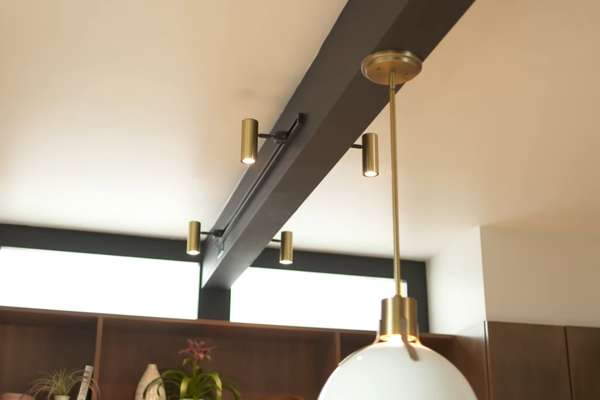
Track lighting is a popular choice for interior illumination, due to its versatility and ease of installation. However, as with any electrical fixture, it’s important to have a basic understanding of the components involved in order to safely clean and replace them. When it comes to its illumination connector types, there are three main kinds—straight pin connectors, twist-lock attachments and bayonet connectors.
Straight pin connectors are the most common type used on these illumination systems. They feature two small pins that fit into two corresponding holes inside the tracks for easy connection and disconnection. Twist-lock connectors are much sturdier than straight pin attachments since they require an additional motion beyond inserting the pins in order to secure them in place.
7. Compatible Track Lengths
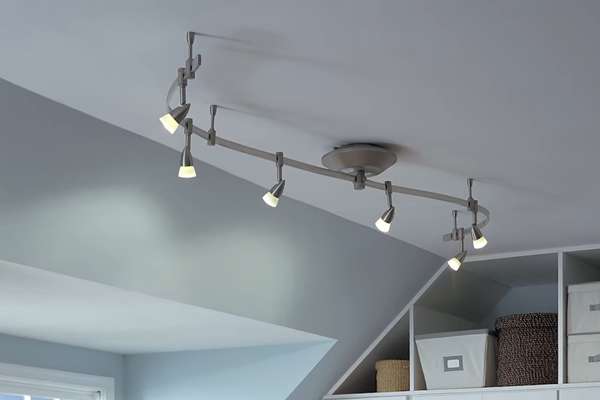
Track lighting connectors are an important aspect of its illumination systems. It’s Illumination connectors join the track sections to create a continuous run of light fixtures. There are several different types of track connector types available and it’s important to choose the right type for your particular application.
When selecting a type of track connectors, compatibility with the length of your tracks is essential. Tracks come in different lengths ranging from three feet to ten feet. But not all length tracks are compatible with every type of connector. It’s important to check that the track lengths you plan on using will be compatible with the connector you select before purchasing components for your project. To ensure proper connectivity and compatibility between your tracks and connectors make sure that they match according to manufacturer specifications.
8. Track Lighting Has a Variety of Connector Types
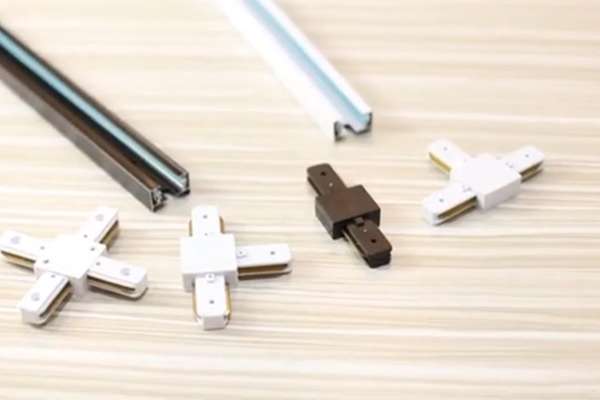
Various types of track lighting is a popular choice for many homeowners and commercial spaces. It provides an effective method of illuminating any room, while also allowing for flexibility in how it’s used. This illumination has various connector types which are important to understand when selecting the track system that best suits your needs.
The most common type of connector found in these lighting systems is a three-wire or four-wire straight blade, also known as H-style connectors. These are easy to install and accommodate both single and double circuit tracks. For more intricate installations such as multi-circuit tracks or corner sections, an H-style junction box may be required for connecting multiple fixtures together. Other less commonly used its illumination connectors include T shapes for L shaped segments and C shape for curved sections.
1. Straight Connectors
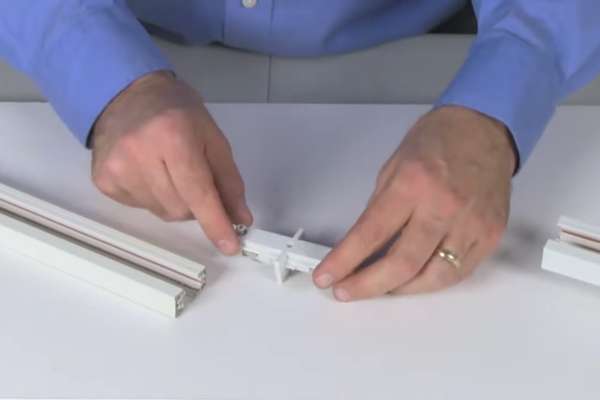
When it comes to track lighting, there are a variety of connector types available for use. Straight connectors are one of the most common options and can be used in both residential and commercial applications.
Straight connectors come in different sizes and shapes, depending on the type of metal track being used. They generally consist of two clips that are inserted into opposite ends of the sections, then locked into place with screws or bolts. This ensures a strong connection between the two tracks while preventing any potential movement due to vibration or other environmental factors. In addition to providing stability and security, straight connectors also help reduce costs as they enable users to use different lengths and angles when connecting multiple tracks together.
2. H-Type Connectors
H-Type Connectors are a popular choice for track lighting setups. This type of connector is one of the most versatile on the market. And can be used in a variety of ways to make sure its illumination looks and works great. It’s easy to install, too—all you need is a simple screwdriver or drill bit to get started.
H-Type Connectors are designed with durability in mind, so they’re perfect for commercial applications like retail stores or office buildings. They come in different sizes so you can find one that fits your needs perfectly. You can also choose from many different materials including aluminium, brass, stainless steel, and even plastic for an economical option. The H-Type Connector has been tested to meet industry standards and is compatible with all major track luminescence brands.
3. L-Type Connectors
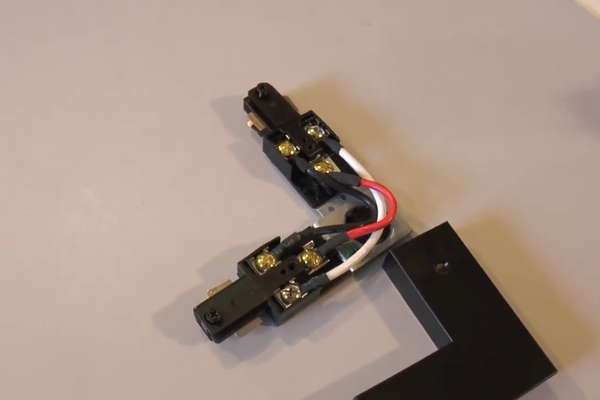
L-Type Connectors are a common type of track lighting connector used to provide electrical power for multiple lights. These attachments are typically found in homes, retail stores and offices that have these illumination systems installed. L-Type Connectors allow multiple lights to be powered from a single power source while providing an easy installation process.
The L-Type Connector is specifically designed for use with H-Track luminescence Systems and includes two cables; one for the live wire and another for the neutral wire. The cables are connected together using screws or couplings, allowing the connection to be securely fastened. Once connected, these connectors can provide reliable power to large numbers of lights without any additional wiring or splicing required. Additionally, they are UL Listed and rated up to 277 volts making them suitable for most residential applications as well as commercial installations.
4. J-Type Connectors
J-Type Connectors are a great option for those looking to add track lighting to their home. Its Connectors work with all types of these illumination systems. And they can be used in both residential and commercial applications. From short tracks to long runs, J-Types are the perfect answer to any illumination needs.
These connectors offer reliability and strength when connecting different elements that make up your track system. The electrical contacts in J-Types are securely fastened within the connector housing which ensures proper contact between two or more pieces connected together. Not only do these attachments provide optimal performance but they also look great too!
5. T-Type Connectors
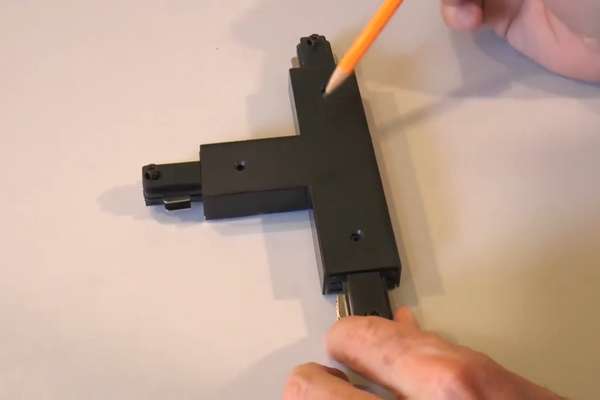
T-Type connectors are used in many common lighting systems, such as track lighting. They are one of the most popular types of lighting connectors because they offer a secure and reliable connection. T-Type attachments come in several different varieties, each with its own specialised purpose.
The primary benefit of T-Type connectors is that they provide a secure fit between two pieces of metal track or an electrical component. The design allows for quick and easy installation without needing additional tools or materials to complete the job. Additionally, these attachments can be used with both metal and plastic track systems, making them versatile for a wide range of uses. With their high level of reliability and ease of installation. T-Type attachments remain one of the most preferred types of this illumination connector options on the market today.
6. 4-Way Connector
The four-way track lighting connector is an essential component for any illumination system. It allows you to connect multiple pieces of this illumination together in order to create a longer run of light. Or even just to split one run into two separate ones. There are various types of 4-way connectors available on the market today, so it’s important to understand which type will be best suited for your project.
The most common types include straight, right angle, T-connector and Y-connector varieties. Straight connectors are the simplest type and are used when connecting two tracks together directly at a 90 degree angle. Right angle attachments allow you to connect two tracks with a more acute angle than what can be achieved with a straight connector.
Conclusion
Track lighting connectors are an important part of any illumination system. They ensure that the connection between the tracks, lights, and power source is secure and reliable. There are several different types of attachments available, each suited for a different purpose. Before purchasing a connector for your track illumination system. Consider its intended use as well as its compatibility with other components. By making sure you have the right connector for your installation. You can be confident that this illumination will work properly and safely.

